Tango Therapy Brings Joy To Seniors And Unites Generations
Benefits And Challenges Of Incorporating Argentine Tango Into Therapy
NPO Tango Therapy Association started out with a clear mission: encouraging intergenerational exchanges and sharing the benefits of Tango Therapy with the elderly in Japan. While many may have heard of the Argentine tango dance, not as many are aware of its use for rehabilitation purposes. What is tango therapy and how does it work? Is it truly beneficial only to senior citizens or does it benefit all?
I first heard about tango therapy when I was looking for ways to contribute around Tokyo through volunteering. Having learned Argentine tango dance for a few years now, hearing about its use in therapy piqued my curiosity. The next thing I did was signing up for this volunteering activity and showed up at the elderly care facility where it was held. The very warm and enthusiastic welcome from the instructor and fellow volunteers reassured me that I was in good hands. During the briefing, we were encouraged to hug one another as part of the therapy itself. As hugging and close connections are important elements in tango dancing, it is understandable that the therapy would incorporate that too.
Yet, imagine my surprise when, as we greeted the 10 to 15 elderly participants on that day, the instructor asked us to hug each one of them as part of our introductions. While I was still battling my overgeneralized stereotype about Japanese people’s privacy preference and shyness towards strangers, the instructor added, “Don’t worry, they’re used to this therapy, and even expecting the hugs!” Well, so much for my stereotype.
the therapy has been proven effective to improve motor coordination and self-esteem
As it turns out, this skin-to-skin contact is a crucial part of the tango therapy, as it then produces oxytocin—also known as the love hormone, which, according to a previous study, helps promote prosocial behavior, build trusts, as well as ensures happiness and relaxation. Furthermore, the therapy has been proven effective to improve motor coordination and self-esteem. While most researches focus these benefits in relation to people with Parkinson’s Disease (PD) and Alzheimer’s, a minor study also shows the effectiveness of tango therapy in alleviating anxiety and depression, and just as useful as a couple therapy.
Tango therapy in Japan: Can I join, too?
These benefits drove three professional tango dancers—Carolina Alberici, Enrique Morales, and his wife Akiko Kinoshita—to start the therapy in Japan. The three dancers are already familiar with its usefulness to rehabilitate people with mental illnesses back in Argentina and wanted to share its benefits to the local community as they moved and settled in Tokyo. While visiting their relatives in a care facility in the capital, they saw the majority of seniors there either bedridden or in a wheelchair. Therefore, they started delivering tango therapy activities there as volunteers in 2009, using their expertise, in the hope of giving the seniors more chance to exercise using tango elements and music. As their activity grew, they established the NPO Tango Therapy Association Japan on Apr. 1, 2016. Fast forward 4 years later, the NPO now has 150 registered therapists with 20 facilities to cater to. All these amount to 5,000 people served, 1,000 of which are either one-time or returning volunteers from around the world.
A volunteer and instructor with the NPO for eight years now, Kenichiro Nakagawa (Kenny) said that while prior knowledge and experience in Tango dancing would help, it is not a prerequisite to volunteer. What he emphasizes to new volunteers is safety, since the elderly are generally at higher risks for falling down. While the therapy can help with balance training, it is crucial for volunteers to understand how to support them while dancing or walking with them, and this is the first thing he ensures volunteers know before they start.
all these amount to 5,000 people served, 1,000 of which are either one-time or returning volunteers from around the world
For the instructors, however, the requirements are different as familiarity and prior experience in tango dancing is crucial. Oftentimes, the instructors for tango therapy are professional dancers and teachers as well, like Kenny, who has been a dancer and instructor for 11 years prior to joining the NPO. Not only their experience would help them understand the type of tango music that is suitable for therapy, but it would also be advantageous as they learn how to best utilize tango elements for everyone. According to Kenny, since not all therapy participants are able to walk or dance as some are in wheelchairs or need walking assistance, they may be reluctant to dance. Instructors should know how to help them so they could still immerse themselves in tango therapy, as well as direct volunteers to help anyone.
The NPO offers a two-day certification course to those who are interested in becoming a tango therapy instructor, and after completion, instructor-in-training could start leading therapy under supervision before starting off on their own. However, the time commitment is another thing to be considered since everyone is generally a volunteer with a full-time job on the side.
Bringing generations together through tango therapy
Many of the volunteers joined the tango therapy activities through mailing lists or volunteer databases such as Hands-On Tokyo (HOT)—and their number is still growing. R.E., a native New-Yorker whom I met and befriended during one of the therapy sessions, told me how the therapy has enriched her experience when she was living in Japan since it allowed her not only to dance with the seniors but also to connect with them as well as with other volunteers.
Another Japanese volunteer, N.M., also provided similar testimony. Not only did she appreciate the opportunity to listen to the seniors’ stories, but she also got to share hers with them, and with other volunteers from different countries. Her past experience as a DJ at milongas—tango dance parties—also helps her understand tango music further as she saw how it has also revitalized the therapy participants.
R.E., a native New-Yorker whom I met and befriended during one of the therapy sessions, told me how the therapy has enriched her experience when she was living in Japan […]
This adds another benefit, according to Kenny, as to how the therapy has created an opportunity for intergenerational interaction, as volunteers of different age groups join them. As Japan’s aging population constantly combats the issue of isolation and loneliness, tango therapy could become part of the solution as it promotes socialization between the seniors and the younger generation. A study points out how health risks associated with old-age isolation, including cognitive decline and depression could be alleviated through social interaction. Furthermore, it helps strengthen bonds between generations.
The future of tango therapy in the pandemic-era
However, the pandemic has disrupted tango therapy activities. Catering to the elderly means putting participants at risk, outweighing the benefits. Therefore, the NPO has switched to online therapy at the moment, although it is not without challenges.
In the past, a regular therapy session would last about 60 minutes, allowing for a close interaction through abrazo—the Spanish word for “hugging”—and dancing. Now they had to cut their therapy to 30 minutes, as they can only conduct the activities remotely, limiting the activities to mostly warm-ups and rhythmic practice with tango music. At the moment, this seems to be the safest course to take for the sake of seniors who are particularly at higher risks of contracting Covid-19 and being severely impacted by it. Yet, virtual therapy is no replacement for human contact as the most crucial element and most benefitting aspect of the tango therapy experience. With most care facilities they previously partnered with still being not equipped for remote therapy, they are now conducting their weekly online therapy with two new facilities that could accommodate the situation, while encouraging the other facilities to exercise on their own, using a warm-up video.
However, the NPO admits that virtual therapy has its own conveniences, as it allows different facilities and volunteers from all over Japan to join at the same time, making scheduling more convenient.
Scientists and healthcare experts around the world are racing against time to develop vaccines for Covid-19, but it is likely that it would not be widely distributed until mid-or late 2021, and even then, experts predicted that this virus may still linger around. Hence, while the NPO expects to conduct on-site activities again someday, for the moment online therapy is still their safest solution, and they expect to adjust necessarily as things progress in the future. In the meantime, the NPO is happy to welcome anyone who is interested to join their online therapy every Saturday from 1.30 p.m. to 2 p.m., and they take online inquiries as well.

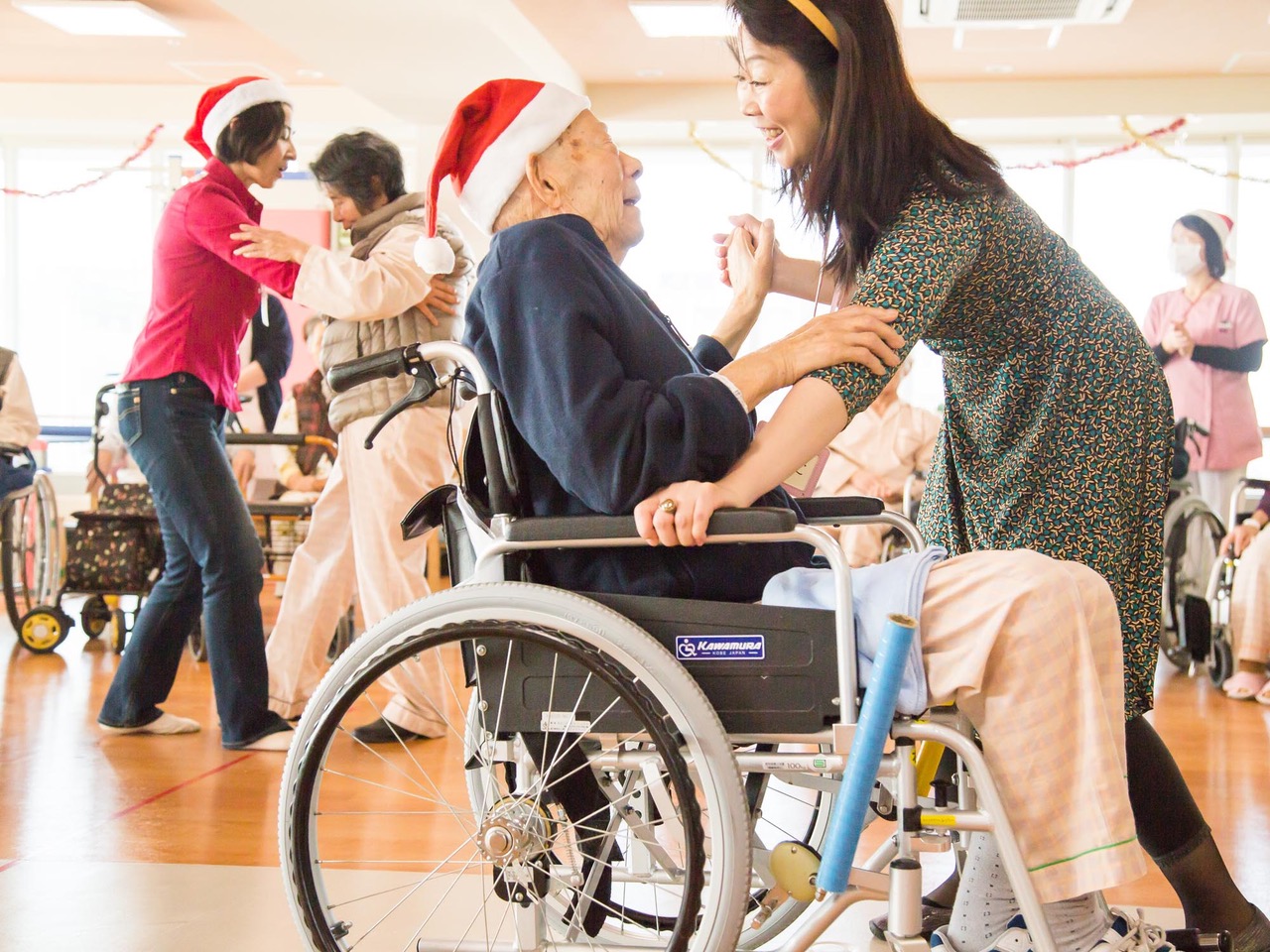
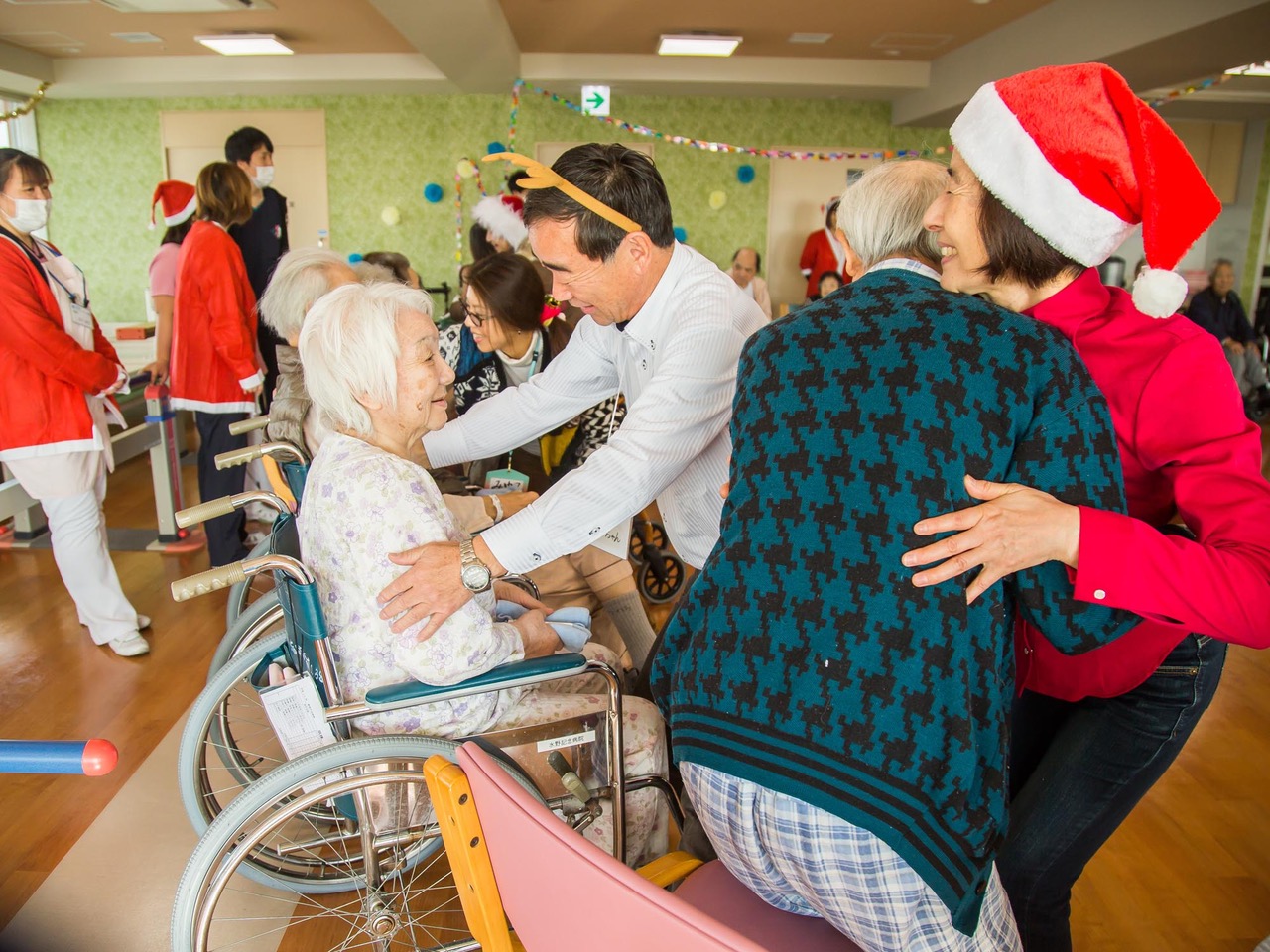










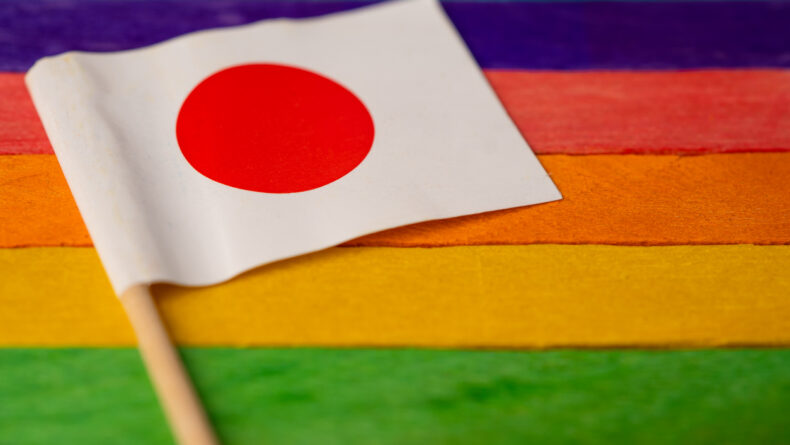
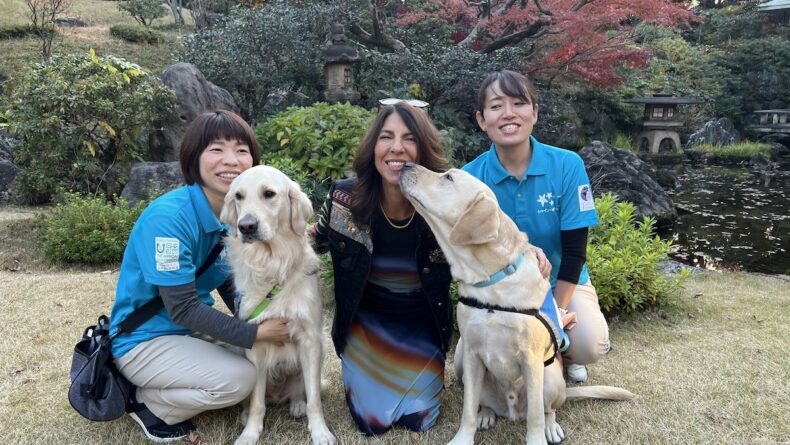
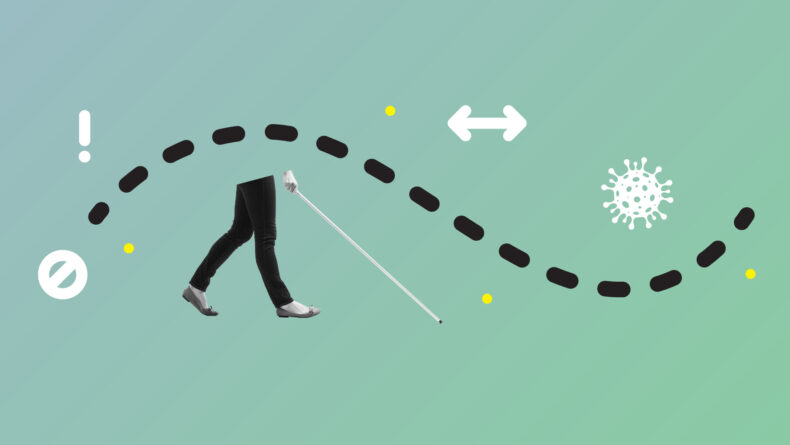

Leave a Reply